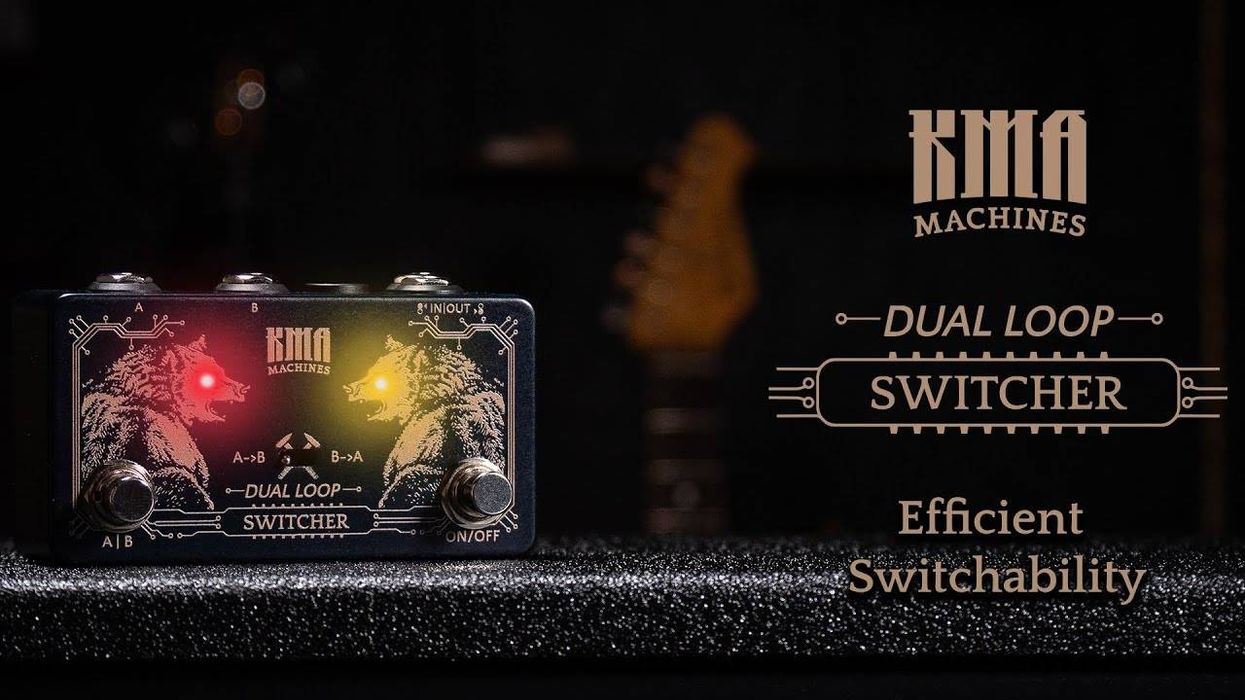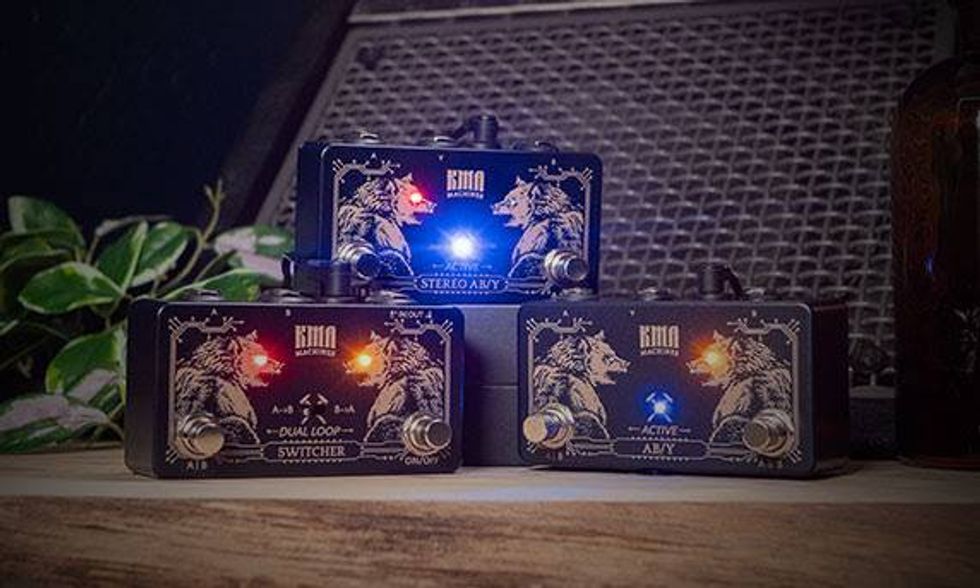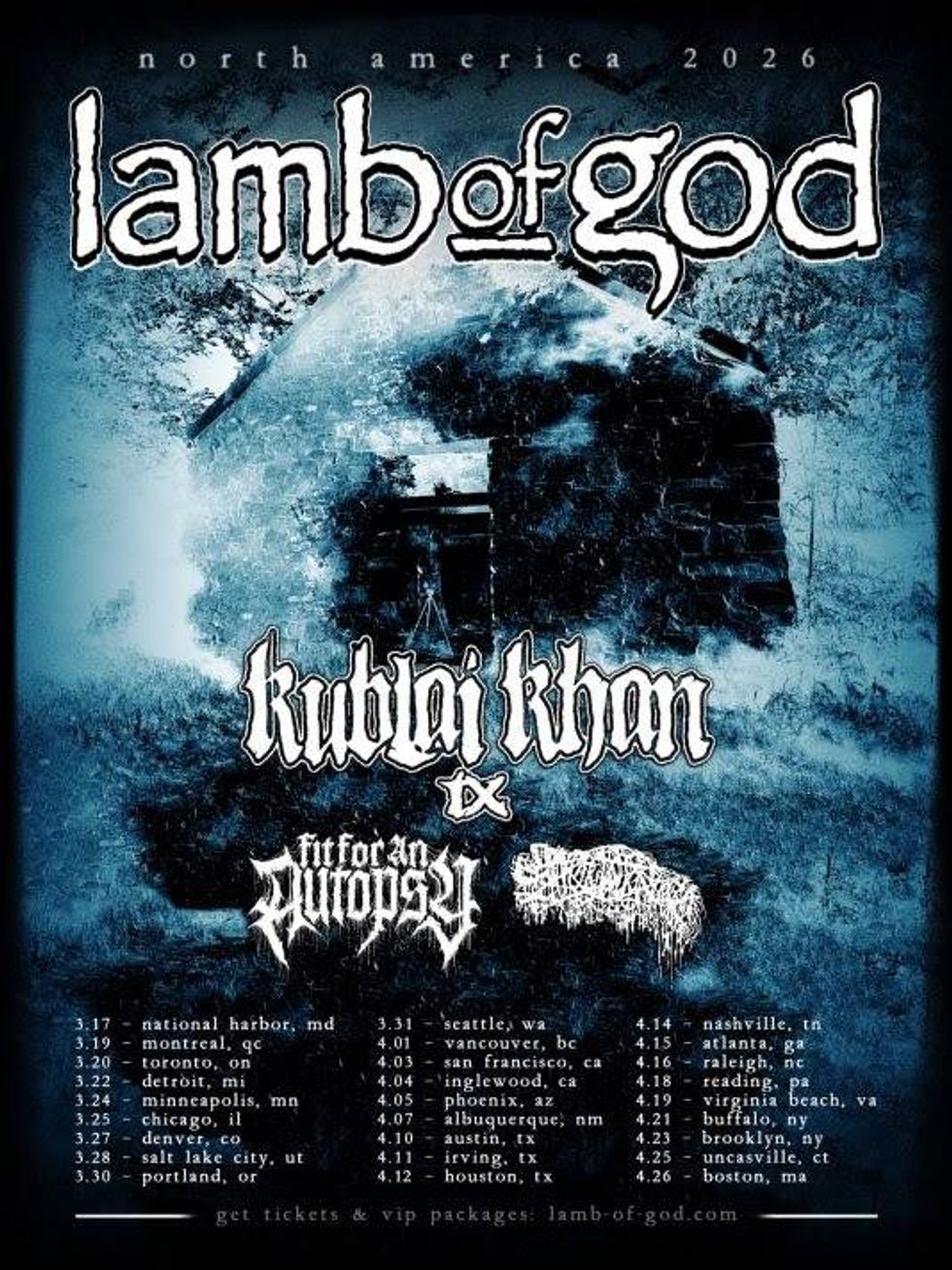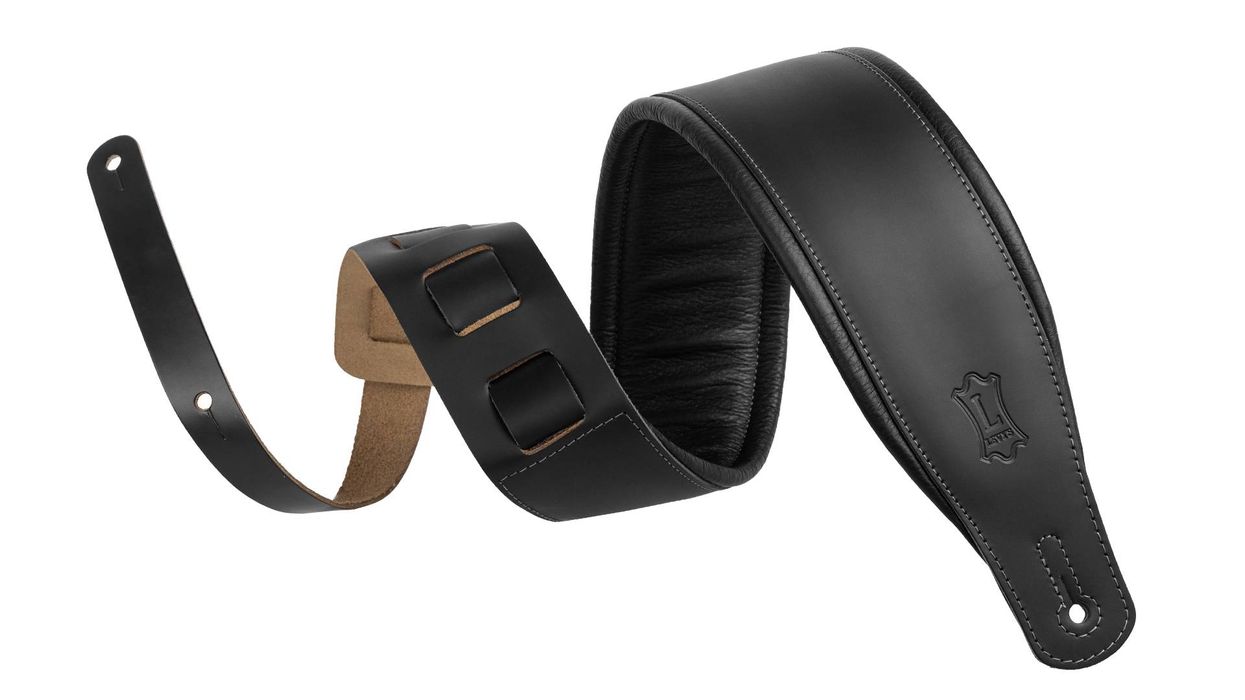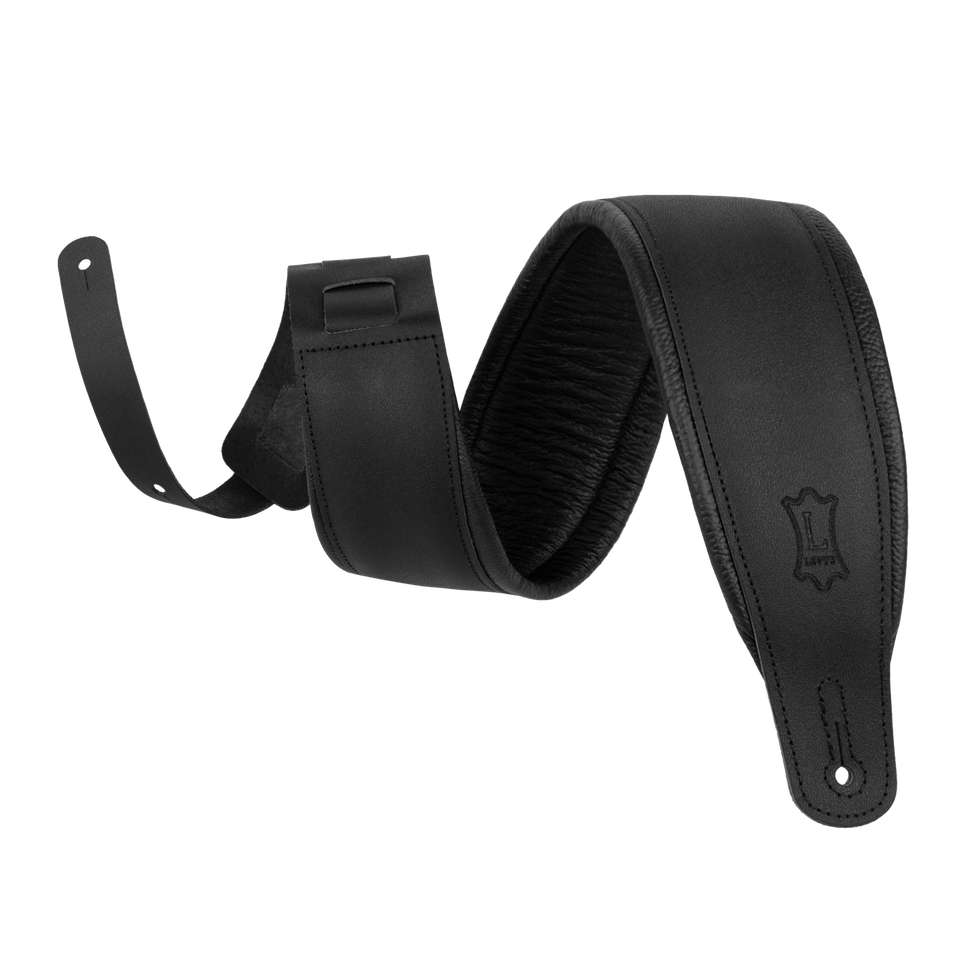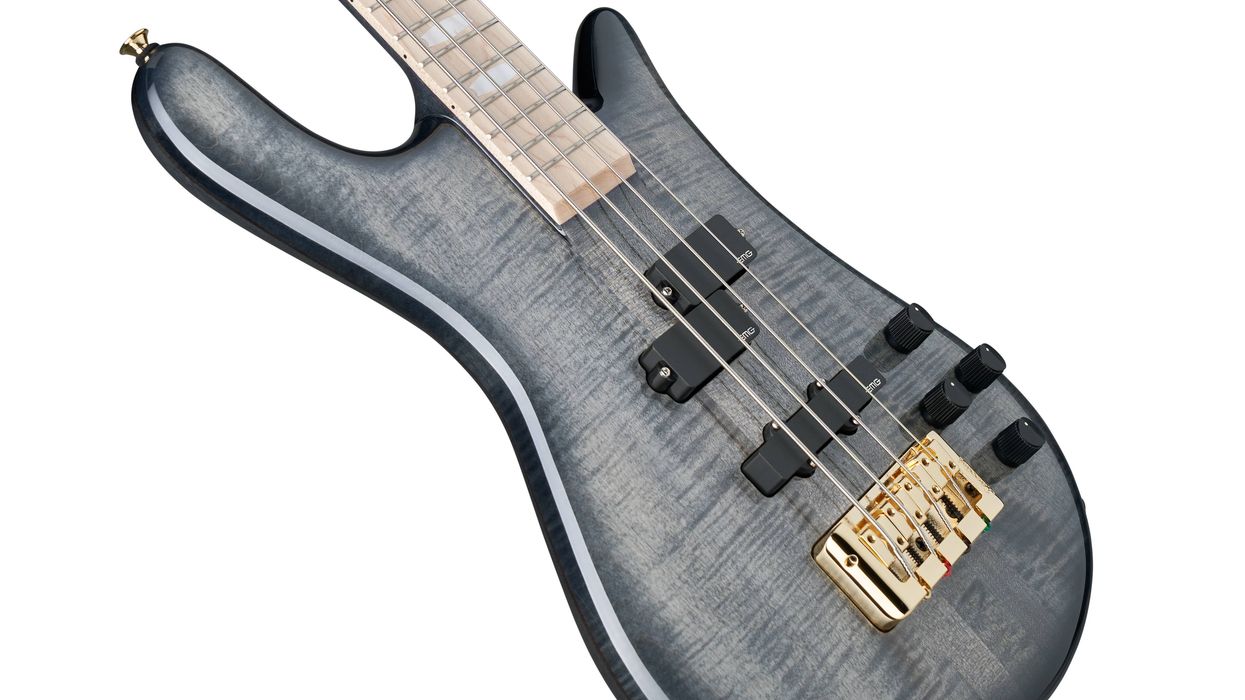Inspired by “D-style” tube amplifiers used by SRV, Robben Ford, and Larry Carlton, the Sol Drive is designed to capture the overdrive essence of these classic tube amps.
AmpMojo has introduced its debut guitar product, the Sol Drive, a groundbreaking pedal that delivers overdrive with exceptional tonal character and versatility.
At the heart of the Sol Drive lies a Tung-Sol 12AX7 pre-amp tube, renowned for its harmonic complexity and vintage warmth. The tube is housed securely in a high-quality enclosure with a genuine amplifier tube socket and hardware, ensuring reliable, tour-grade performance. You’ll get real tube tone and real tube dynamics and feel with the Sol Drive.
- Genuine Tung-Sol 12AX7 Reissue Tube ensures top-tier tone and performance.
- Gain: Adjusts the amount of gain, from cleaner tones to maximum overdrive.
- Voice: Shapes tonality to your guitar/amp by contouring low-end and mid-frequencies.
- Tone: Attenuates high frequencies for refined sound.
- Level: Sets overall pedal volume.
- Top-mounted IN, OUT, and 9V DC jacks for easy access and space efficiency.
- No-Click Soft Foot Switch and relay circuit for True-bypass operation.
- Built in the US with the highest quality electronic components for roadworthy reliability.
The Sol Drive doesn't just stand out on its own; it seamlessly integrates and enhances other drive pedals and boosted signals, adding depth and richness to any setup.
The Sol Drive is available directly online at ampmojo.com for $299.
For more information, please visit ampmojo.com.
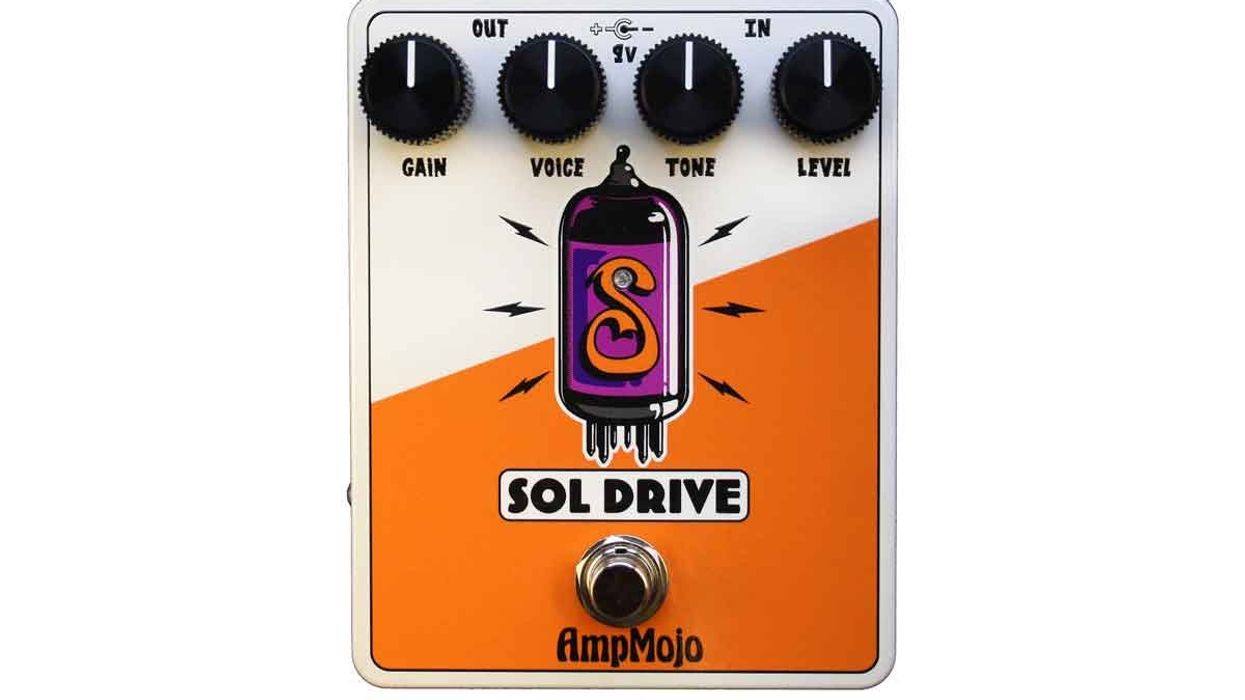

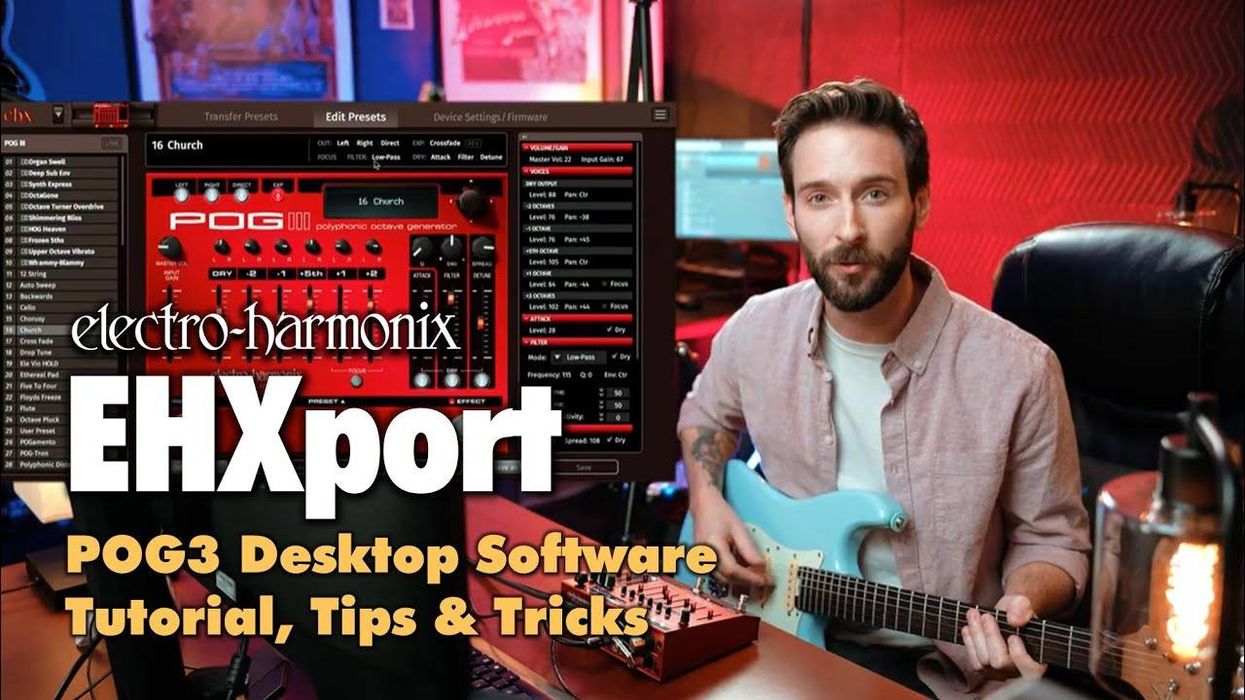



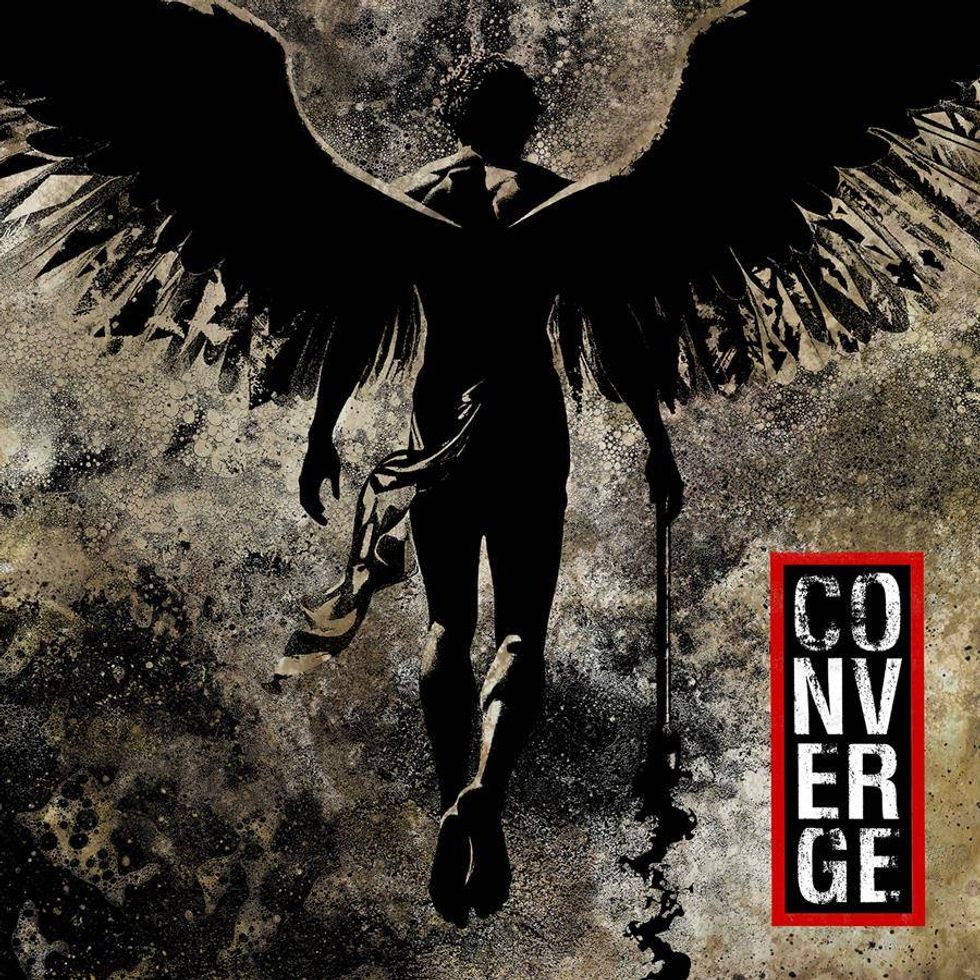

![Rig Rundown: AFI [2025]](https://www.premierguitar.com/media-library/youtube.jpg?id=62064741&width=1245&height=700&quality=70&coordinates=0%2C0%2C0%2C0)



![Devon Eisenbarger [Katy Perry] Rig Rundown](https://www.premierguitar.com/media-library/youtube.jpg?id=61774583&width=1245&height=700&quality=70&coordinates=0%2C0%2C0%2C0)
